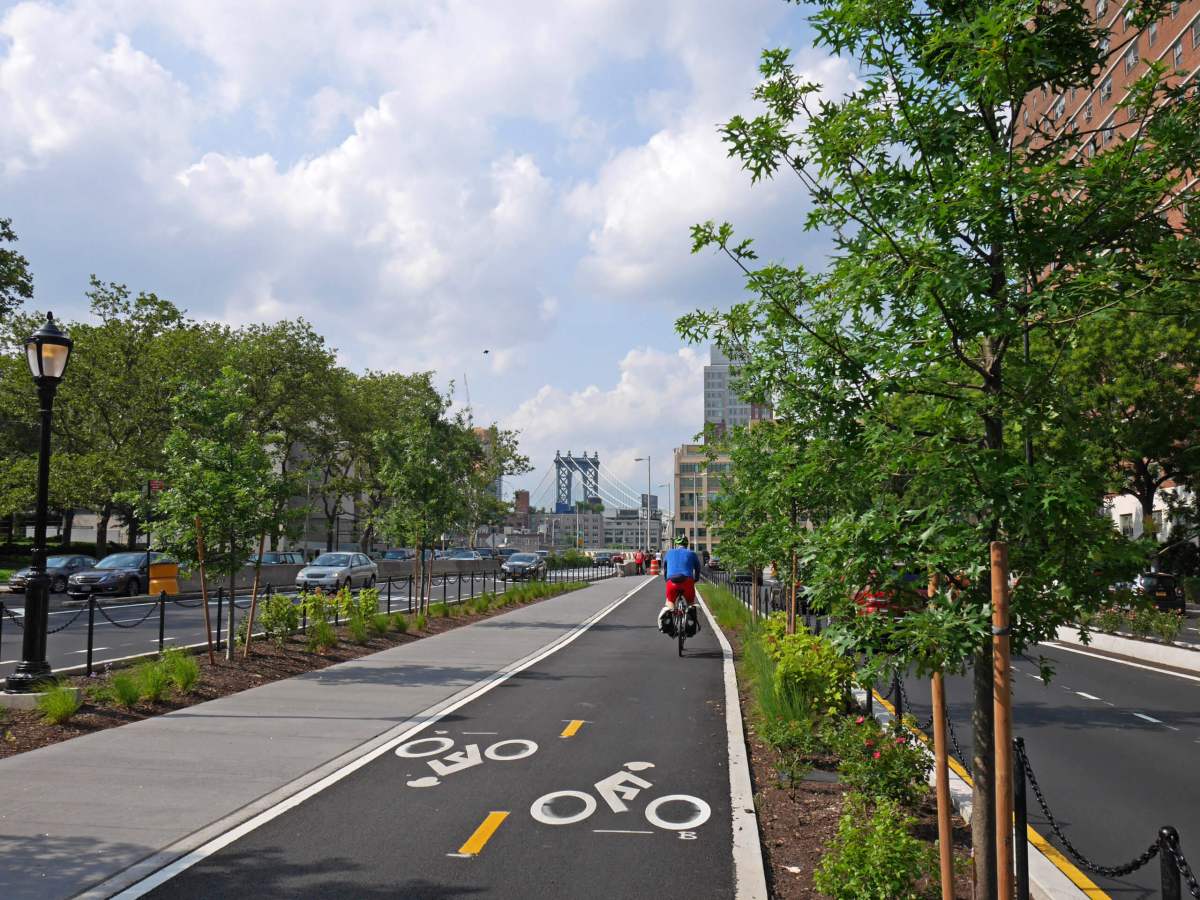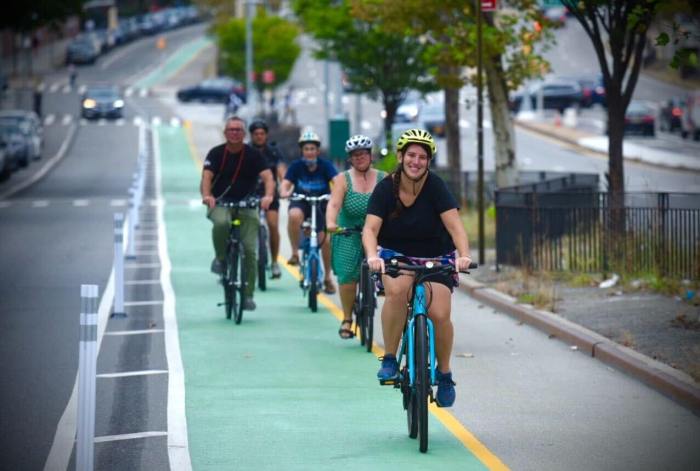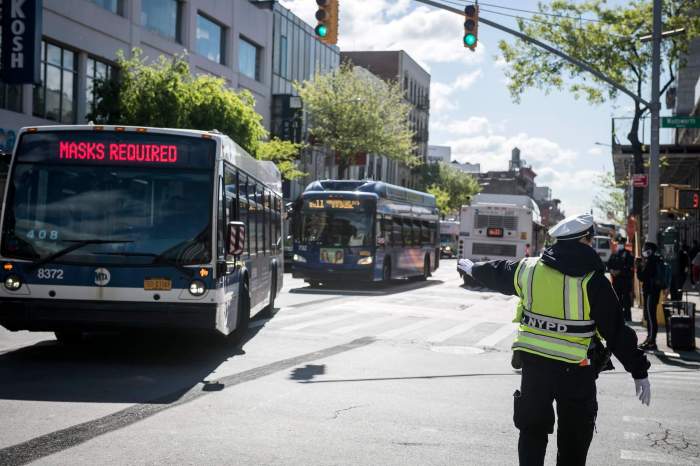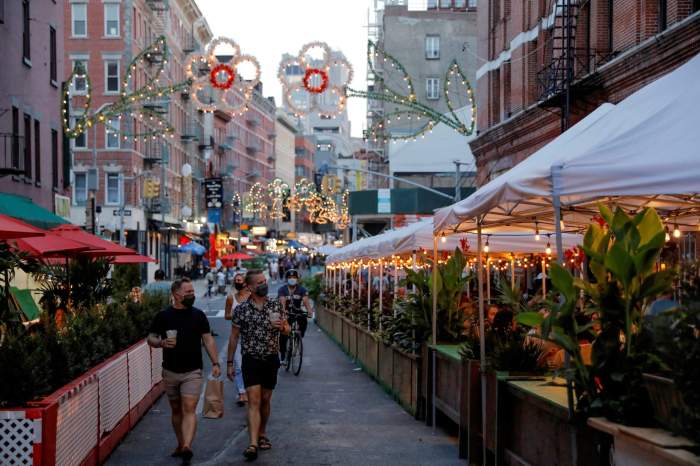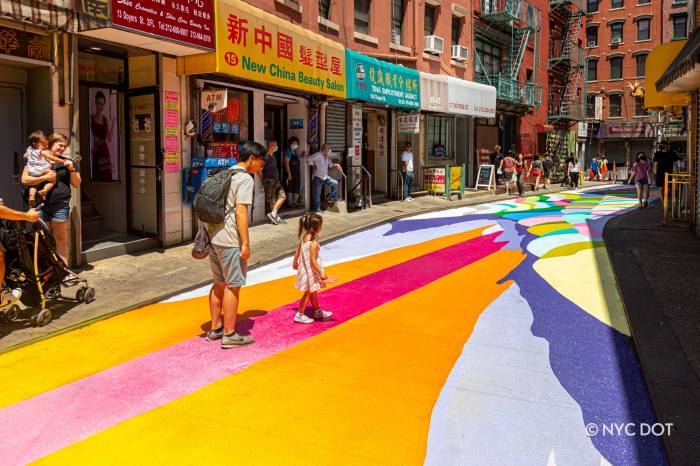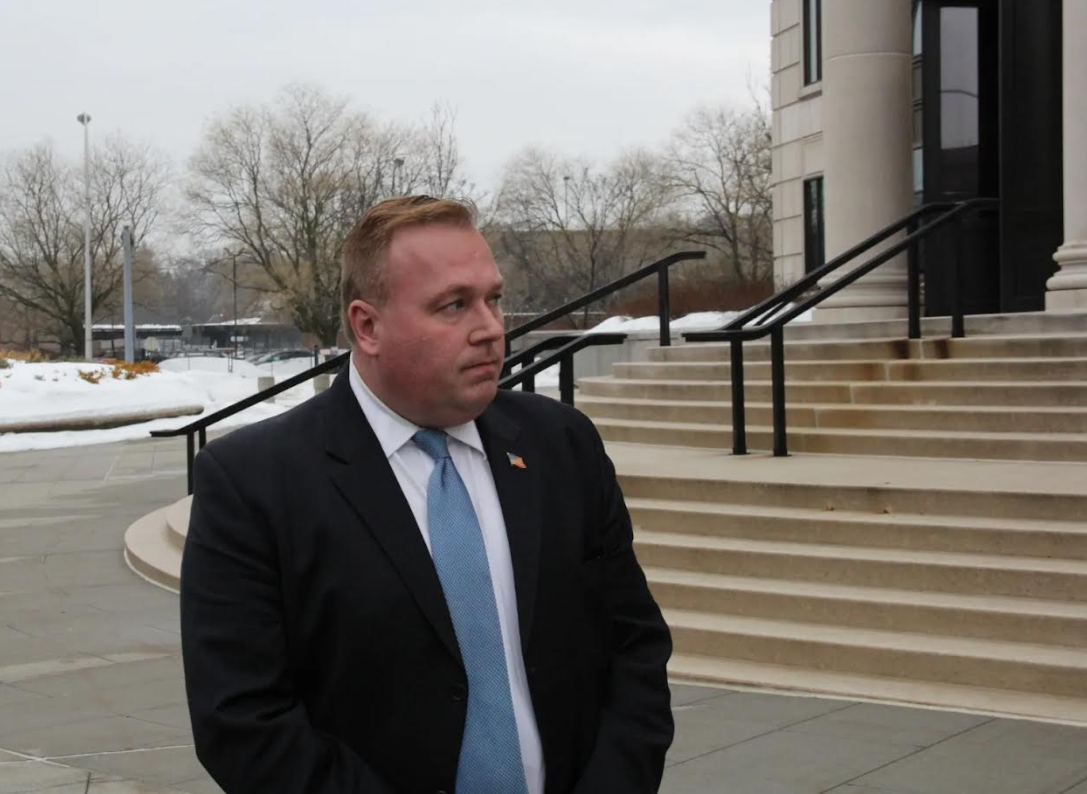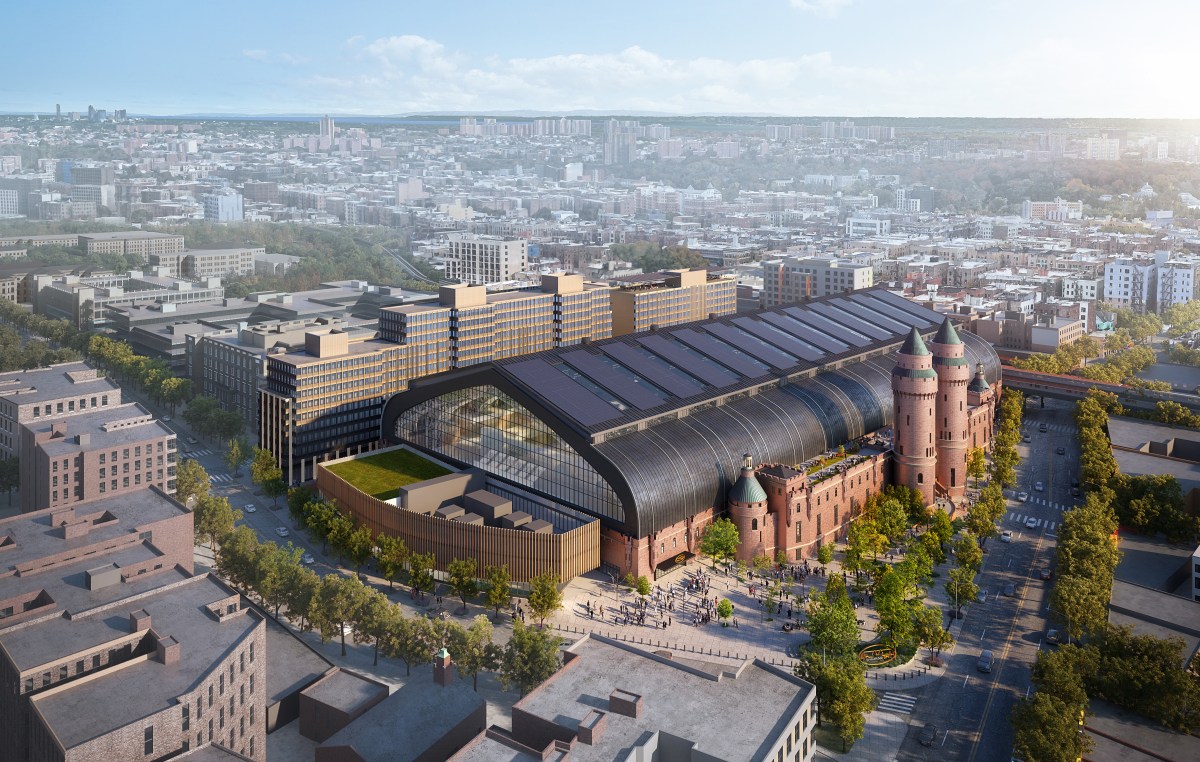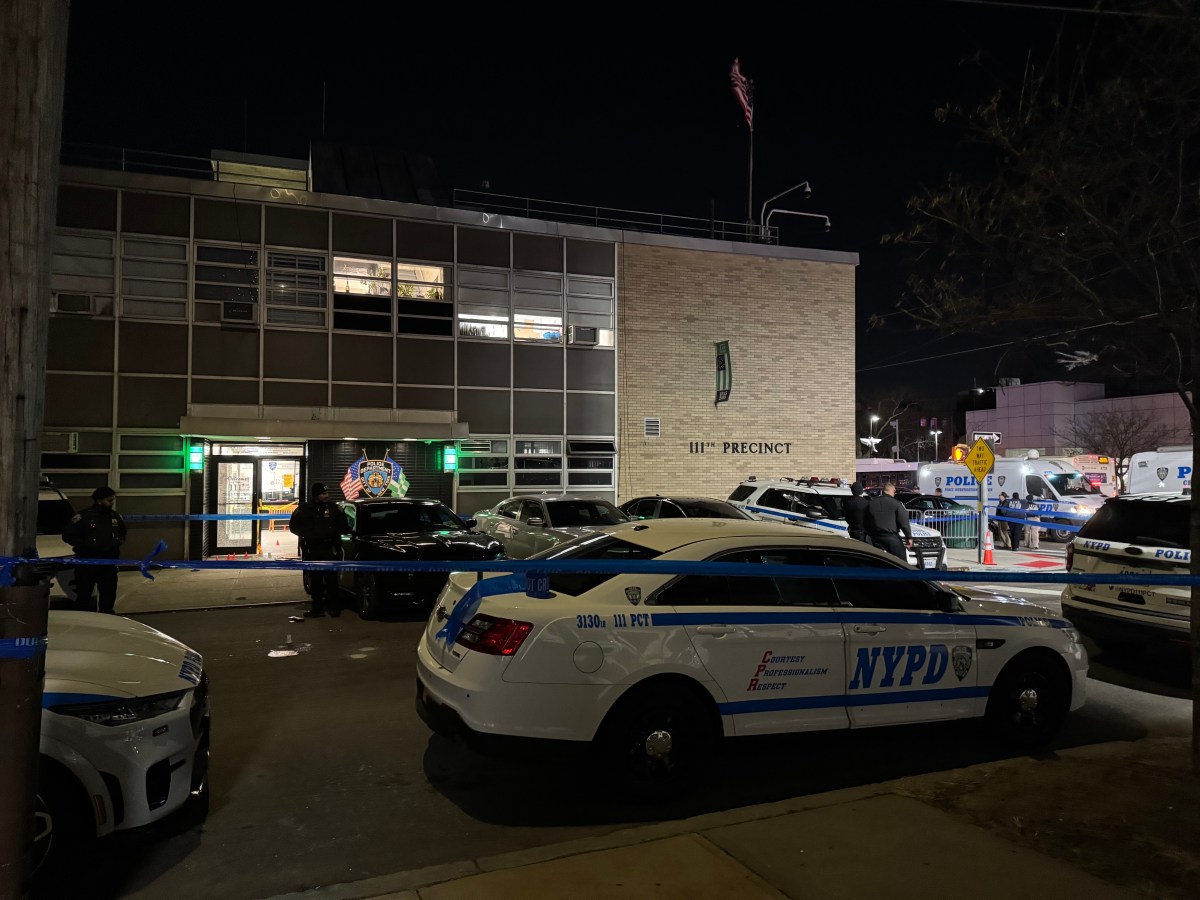This summer, some of New York City’s protected bike lanes will get new hard barriers to provide more safety to riders.
On June 10, New York City Department of Transportation (DOT) Commissioner Ydanis Rodriguez announced the launch of a Barriers pilot program to test new materials for protected bicycle lanes across the city. The program is a part of the city’s ongoing commitment to harden half of the city’s existing bike lanes in two years by providing sturdier materials to keep the lanes clear for cyclists.
If effective, these barriers would greatly expand protections for cyclists with materials that are easier to install on a broader set of streets.
“This summer, we are showing New Yorkers that bike lanes are protected for a reason: to keep our cyclists safe. The Better Barriers pilot is an example of the innovative ways we are addressing traffic safety and improving our cycling network,” said DOT Commissioner Rodriguez. “As we harden barriers along even more bike lanes this year, we are excited to begin this pilot — and will closely monitor its progress. I thank the DOT crews who have been working day and night to get this critical work done.”

Installation of the Better Barriers pilot will begin on June 11 on Union Square East. The DOT will test new hardened rubber, plastic, and concrete barrier types along four bike lanes across the city over the course of the summer, and the materials will be evaluated for durability through the winter. Then the DOT will determine which materials are most effective for wider use.
Pilot materials will be placed at the following locations this summer:
- Avenue C, East 3rd Street to East 13th Street (Manhattan)
- Union Square East, East 15th to East 17th Street (Manhattan)
- Quay Street, Franklin Street to West Street (Brooklyn)
- 34th Avenue, multiple blocks along Open Street (Queens)
- Northern Boulevard, 41st Avenue to 36th Street (Queens)
- Edward L. Grant Highway, Plimpton Avenue to West 169th Street (Bronx) * protected bus lane test
DOT is encouraging all riders to check out the barriers and provide feedback to help determine the future use of these products.
“Everything is on the table when it comes to keeping New Yorkers safe on our streets,” said New York City Mayor Eric Adams. “My administration is going to be creative in finding and testing tools that can help us protect cyclists, and we will find the solutions that work for our communities to give New Yorkers the safe streets they deserve.”
“Our growing bike riding population deserves well designed protection, and the Adams Administration is committed to bringing creative infrastructure to our streets,” said Deputy Mayor for Operations Meera Joshi. “Through testing new forms of bike barriers, our City can more efficiently and aesthetically grow and support our bike network.”



